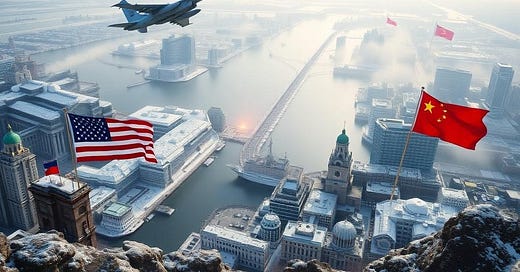The Evolution of Great-Power Competition: The USA, China, and Russia in the 21st Century
Interconnected Conflicts: How Syria, Ukraine, and Taiwan Reflect Global Power Shifts
Thesis: The fall of the Assad regime in Syria has started to cause a significant result that brings a deep geopolitical change to the Middle East, between the USA, China, and Russia. All of this serves as a warning for the interconnected character of great power comp…
Keep reading with a 7-day free trial
Subscribe to Global Affairs Review to keep reading this post and get 7 days of free access to the full post archives.




